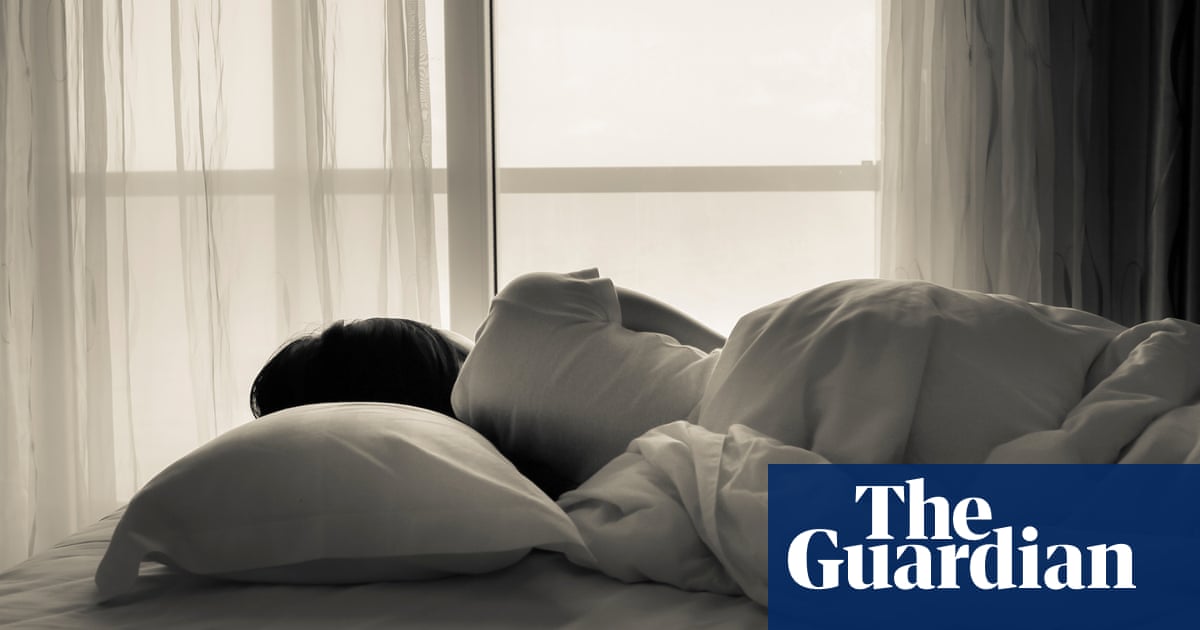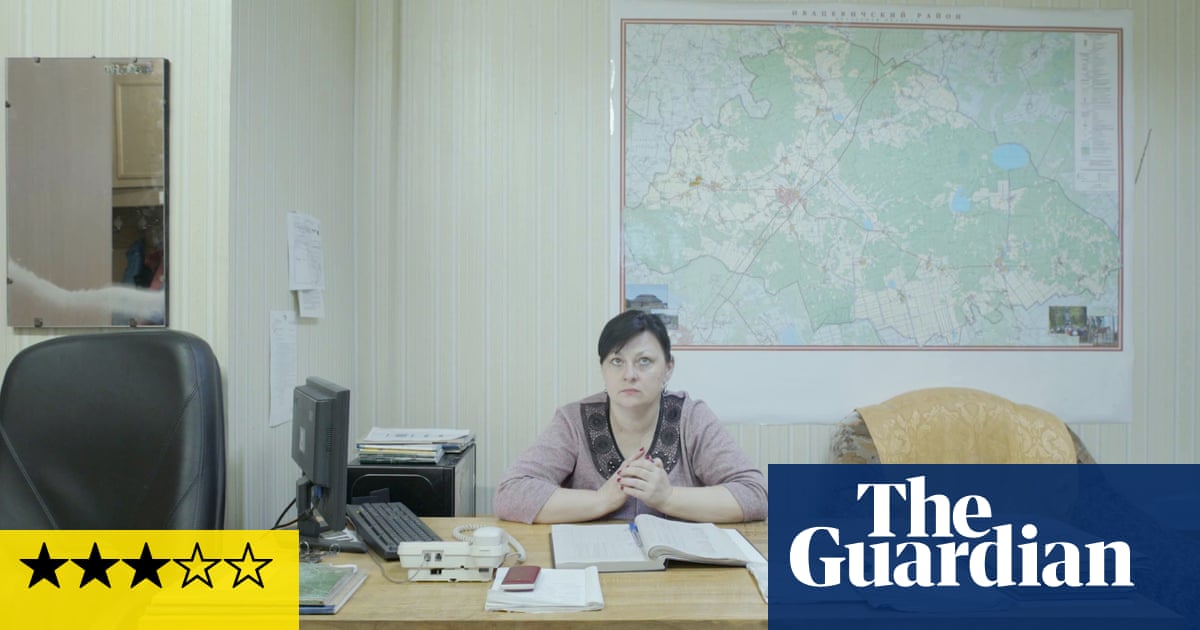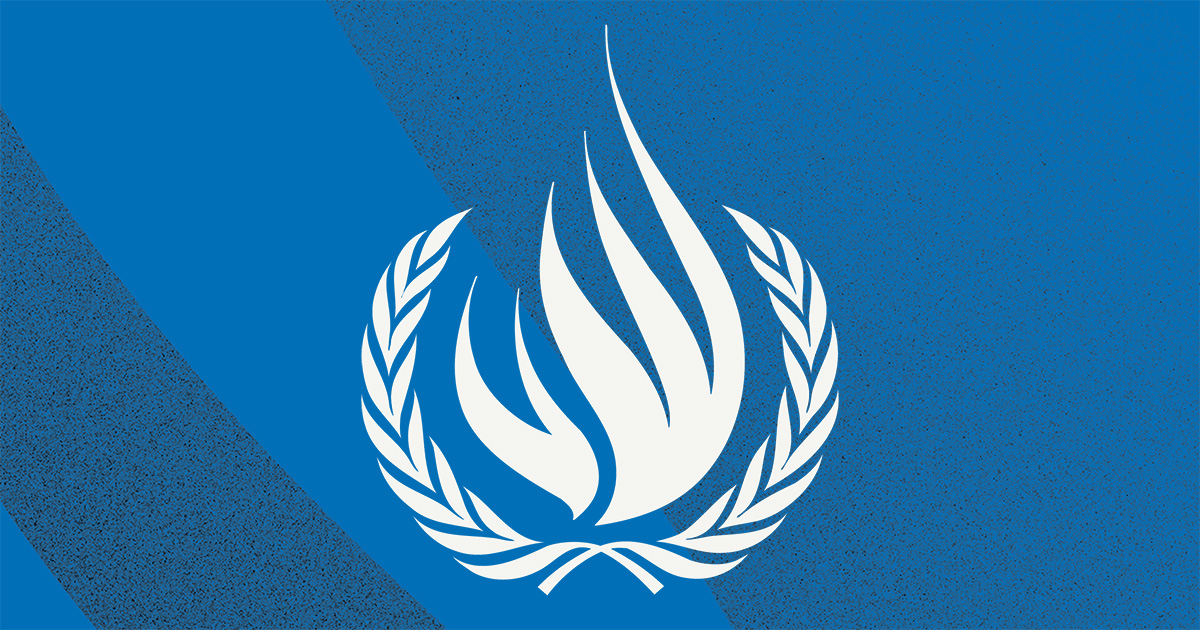
hose old critical strictures to look at the work, not the life, have never made any sense with Tracey Emin. Her work has always been her life exposed in messy closeup, as if her body and soul – she has hardly ever recognised any separation – could be turned inside out for all the world to examine.
This delayed Royal Academy show, in which Emin pairs her own work with selected works by her fellow primal screamer Edvard Munch, feels something like the climax of that visceral relationship. You approach it, if you have read the papers, in the knowledge that in the months in which the exhibition has been waiting in lockdown the artist has undergone radical surgery for an aggressive cancer that was only diagnosed in June.
Emin has had, as she listed with typical courageous candour, her bladder, her uterus, her fallopian tubes, her ovaries, her lymph nodes, part of her colon, her urethra and part of her vagina removed. The opening canvas in the three rooms here confronts you with one of the artist’s big, bleakly expressive shorthands of her splayed legs and crotch, made in 2007, and titled Ruined. On the wall to the right is another now horribly prophetic sounding neon from 1998, in trademark graphic capitals: My Cunt Is Wet With Fear.
Emin first conceived this show when she had the opportunity to visit the extensive Munch archive in Oslo in 2017. In among the collection of the Norwegian’s preserved furniture and suits and hats, she was inevitably drawn to those images that seemed most to offer a premonition of hers: troubling nudes that exist somewhere between eroticism and shame, watercoloured flesh bleeding into bed linen, weeping, faceless women, resisting consolation. One or two of these works seem ready-made for an audience of surgical mask=wearers. Munch’s Women in Hospital foregrounds a naked patient who apparently has just heard the worst; behind her other figures with arms folded across bare breasts wait in line. In a recent interview, Emin said she would like this painting on her wall at home.
The static solipsism of Munch’s figures emphasises the more frantic energy and neurotic lines of Emin’s painting. If the psychological pain Munch tried to dramatise lay in being one step removed from the self-absorption of his women, Emin is only ever inside her figures. In paintings such as Because You Left and This Is Life Without You – You Made Me Feel Like This, in which pale reclining nudes are smeared with the crimson of Emin’s aborted past, the urgency of the solitude and abandonment makes Munch look almost tame or reserved.
Munch’s The Death of Marat, which outraged viewers in 1907 with its crude cross-hatching, looks bloodless beside Emin’s sanguinary imagination; the murdered revolutionary lies on a bed, and red pigment puddles neatly at Charlotte Corday’s feet. When this exhibition arrives in Oslonext year, that painting will be set alongside Emin’s famous bed; you feel that piece almost as a missing limb here, a bed-shaped hole, the stage from which, half a lifetime ago, her self-portraits emerged.
That stage, just occasionally in her paintings, has more than one occupant. In fact the compulsion of this exhibition lies less in what Emin calls, in another neon, that repetitive sense of More Solitude, than in the ghost of that rarer Emin portrayal of human connection. The mangled gynaecology of some of her self-portraiture – now made doubly alarming – is set in opposition to the frank sensuality of remembered closeness, fleeting images from the tapestried roll-call of her Everyone I Have Ever Slept With tent.
In recent paintings such as Because You Kept Touching Me and You Were Here Like the Ground Underneath My Feet, the mostly elusive “You” of Emin’s imaginative world – which can be taken to mean departed lovers, unborn children, lost youth, failed art, the voices in her head – becomes a tactile and bodily presence, the familiar sketchy brushwork of her figures quivering with more than pain.
That grown-up complication surrounds a number of small clay-modelled bronze sculptures. These return Emin to the kernel of childhood that persists as a quiet voice in all of her work, before the defining trauma of rape as a teenager, and her damaging abortion at 20. The first thing you see of Emin’s at the RA is a tiny bronze of a heart-fluttering hedgerow bird halfway up the stairs; at the centre of the show are three tabletop, white-painted plinths, etched with a preschooler’s care. One holds a diminutive swan, or ugly duckling, above the legend: “Humiliated”. The second is of a buttocky nude grasping hard to the flanks of a stag – “I whisper to my past do I have another choice”. And the third is a tiny reclining headless female figure, legs inevitably apart, which carries the title: “There is nothing left but you.”
If some of the memories in this show encompass human warmth, Emin leaves you nonetheless with that latter sentiment of childless singularity, her sense of being the end of the line. It is spelled out in her painting I Am the Last of My Kind, in which a naked standing figure is surrounded by Emin’s diary-entry confessional of the “little girl who had to grow up too fast”. Painted in 2019, once again the words now have an almost hallucinatory pointedness: “I am getting old now, but not as old as my broken fucked-up vagina that’s so connected to my soul… ”
I remember walking around Emin’s White Cube gallery show in 2009 (Those Who Suffer Love) and feeling that she had marketed her miseries for so long and so effectively that her heart no longer seemed to be in it. Her return to painting shortly after that appeared to snap her out of that boredom with her own stories. You would, knowing what you know, certainly never accuse her of going through the motions here. This exhibition is not comprehensive enough to be billed as a retrospective, but even so, everything that Emin has made and felt and suffered in the past is brought to full expression in it.












